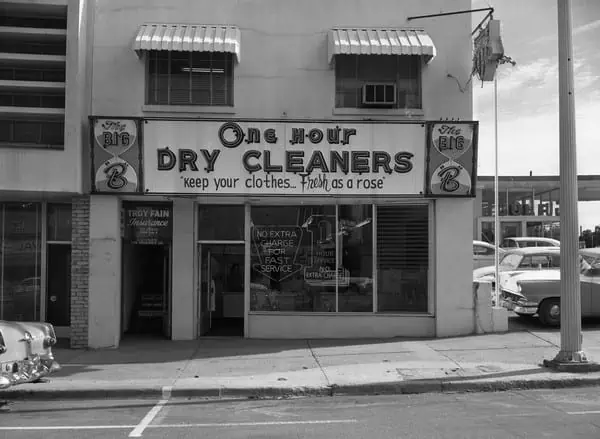Ok, here is the typical scenario…
A Phase I ESA is conducted for a potential purchaser on a four-tenant retail property. The assessment discovers that one of the tenants was a dry cleaner from 1940 to 1960. This is called out as a Recognized Environmental Condition (REC1) in the Phase I ESA report. A REC is a “red flag” that indicates contamination is likely present.

Costs are driven by several factors, for example:
Each of these factors plays a substantial role in determining the cost of the Phase II investigation. Most limited Phase II investigations cost between $3,000 to $6,000. Mid-range investigations range from $6,000 to $15,000 and large assessments (typically under a state-regulated Voluntary Action Program) range from $15,000 to $60,000.
Even if a Phase II indicates contamination is present, a real estate deal may still proceed—with caution. Below are some options to consider before closing the door:
Clickable Footnotes:
1: A recognized environmental condition or REC is “the presence or likely presence of any hazardous substances or petroleum products in, on, or at a property: (1) due to any release to the environment; (2) under conditions indicative of a release to the environment; or (3) under conditions that pose a material threat of a future release to the environment.”
2: Perchloroethylene is a colorless, nonflammable liquid with a sweet odor. It is also known as tetrachloroethylene, PCE, or PERC.
3: A solvent leak dripping at a rate of one drop per second will result in 320 gallons per year. One tablespoon of PCE is enough to contaminate a million gallons of water above the drinking water standard of five parts per billion (ppb).
4: According to EPA, the average dry cleaner cleanup ranges from $400,000 to $500,000 but can be as high $3 million when groundwater is impacted.
Photo source: https://www.floridamemory.com/fpc/TD/TD01057.jpg
© 2023 Phoenix Environmental. All Rights Reserved.